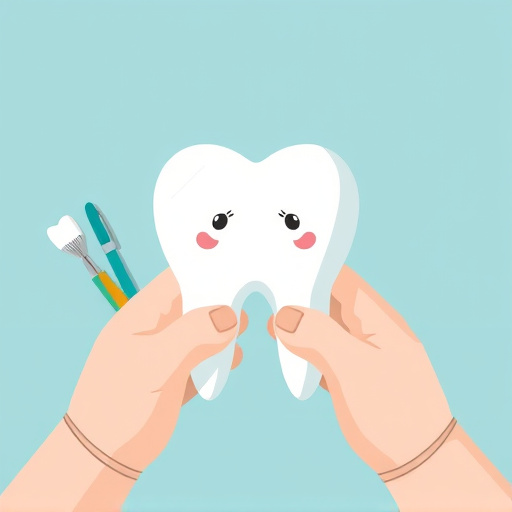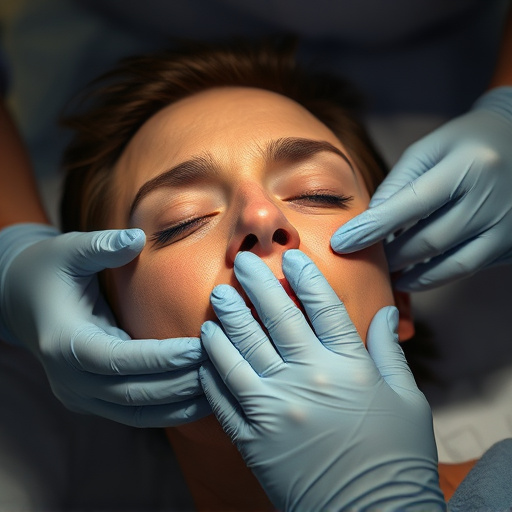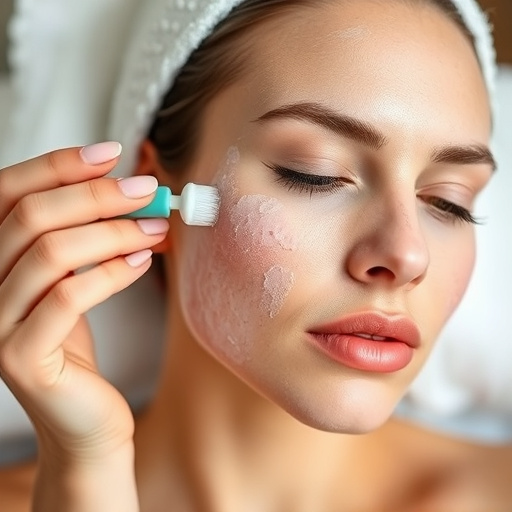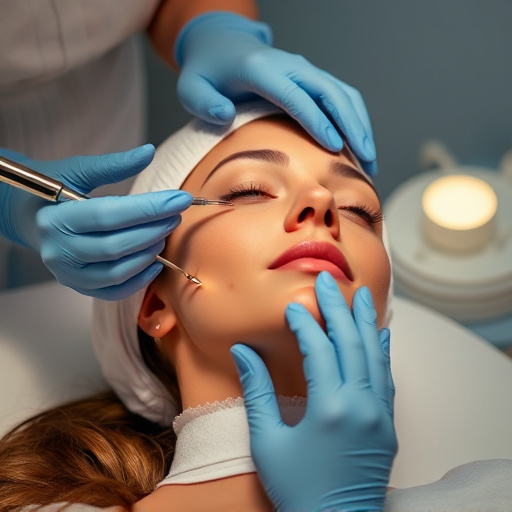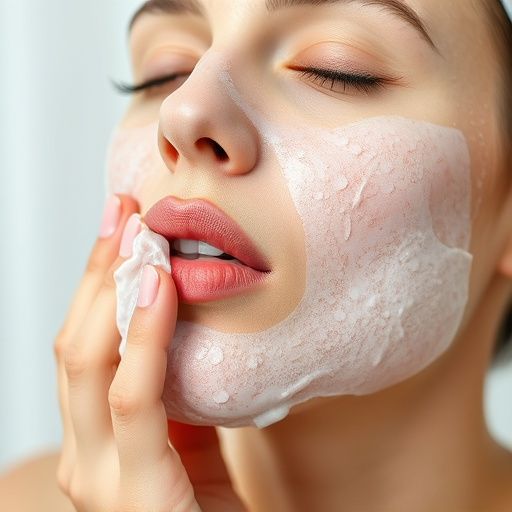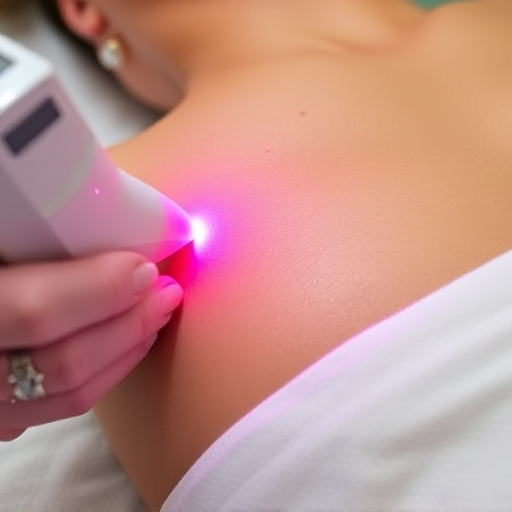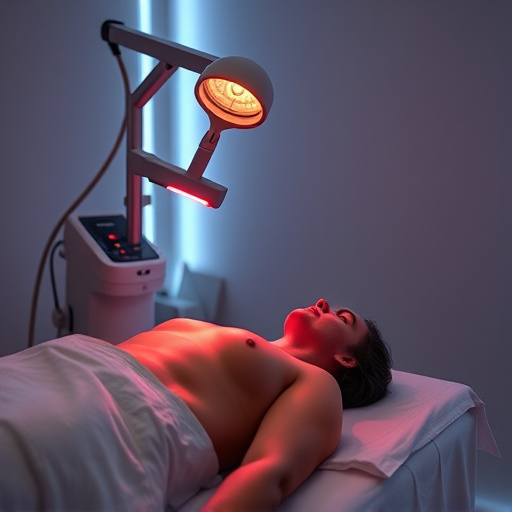Clinical strength treatments, with higher active ingredient concentrations than over-the-counter products, target skin concerns via mechanisms like collagen stimulation and rejuvenation. Results vary by treatment type, individual factors, and timing, with some visible immediately while others require consistent application or multiple sessions over weeks to months. Setting realistic expectations based on these variables is crucial for successful clinical strength treatments.
“Clinical strength treatments have gained popularity for their potent effects, but understanding their efficacy timeline is crucial. This article delves into the mechanics of clinical strength treatments, exploring how various factors influence their performance and time-to-result. From topical applications to oral medications, we dissect the key contributors to treatment timing. By understanding these nuances, you’ll gain realistic expectations, ensuring you’re equipped with knowledge to navigate your journey towards optimal health.”
- Understanding Clinical Strength Treatments' Action
- Factors Influencing Treatment Efficacy and Timing
- When to Expect Results: Realistic Expectations
Understanding Clinical Strength Treatments' Action

Clinical strength treatments are designed to deliver potent active ingredients directly into the skin, targeting specific concerns for faster and more effective results. Unlike over-the-counter products, these formulations often contain higher concentrations of key components, allowing them to penetrate deeper and stimulate various cellular processes. For instance, microneedling therapy encourages collagen production by creating tiny channels in the skin that prompt the body’s natural healing mechanisms. Similarly, other aesthetic treatments may utilize ingredients like retinoids, vitamin C, or peptides to enhance skin rejuvenation.
Understanding how these clinical strength treatments work is crucial to managing expectations. The depth of penetration and specific mechanisms activated depend on both the active ingredients used and the delivery system. Some treatments may show visible improvements within a few days, while others might take several weeks for the full effect to become apparent. Patience and consistency in application are key when using clinical strength products, as they are formulated to offer long-lasting benefits with continued use.
Factors Influencing Treatment Efficacy and Timing

The effectiveness and timing of clinical strength treatments vary based on several factors. One of the key influences is the type of treatment – whether it’s a non-surgical treatment, an aesthetic treatment, or chemical peels. Each has its unique mechanism and required time to produce visible results. For instance, non-surgical treatments like Botox or dermal fillers may show immediate results but their effects are temporary, lasting anywhere from several months to a year. On the other hand, aesthetic treatments such as laser therapy often require multiple sessions spread over weeks or months for optimal results. Chemical peels, known for their ability to improve skin texture and tone, can take up to a week or more to heal fully after application.
Additionally, individual factors like age, skin condition, and overall health play a significant role in treatment outcomes. Younger skin might respond faster to certain treatments compared to older skin, which could take longer to show improvements. Skin conditions like acne scars or hyperpigmentation may also require more time and specialized treatments for significant improvement. Understanding these variables is crucial in setting expectations for clinical strength treatments and ensuring patients receive the most suitable care.
When to Expect Results: Realistic Expectations

When considering clinical strength treatments, such as those involving microneedling therapy or personalized skincare routines, it’s essential to set realistic expectations regarding their efficacy and time frames. While many aesthetic treatments promise immediate results, especially in the case of topical products, significant changes often require consistent use over several weeks or even months. This is particularly true for more intensive procedures like certain types of microneedling therapy, which stimulate collagen production and skin repair.
Understanding that clinical strength treatments are investments in your long-term skin health can help manage expectations. Results may vary based on individual factors such as skin type, age, lifestyle, and adherence to recommended post-treatment care. Communicating openly with a dermatologist or skincare specialist ensures you have clear insights into what to expect and when, enabling you to appreciate the transformative potential of these advanced aesthetic treatments.
Clinical strength treatments, with their focused and potent action, often begin to show results within a few days to a couple of weeks. However, the timing can vary based on individual factors such as skin condition severity and unique physiological responses. Setting realistic expectations is key; while these treatments are powerful, they require commitment and consistent application for optimal efficacy. Understanding how clinical strength treatments work and the influencing factors can help users navigate their journey towards healthier, clearer skin.
